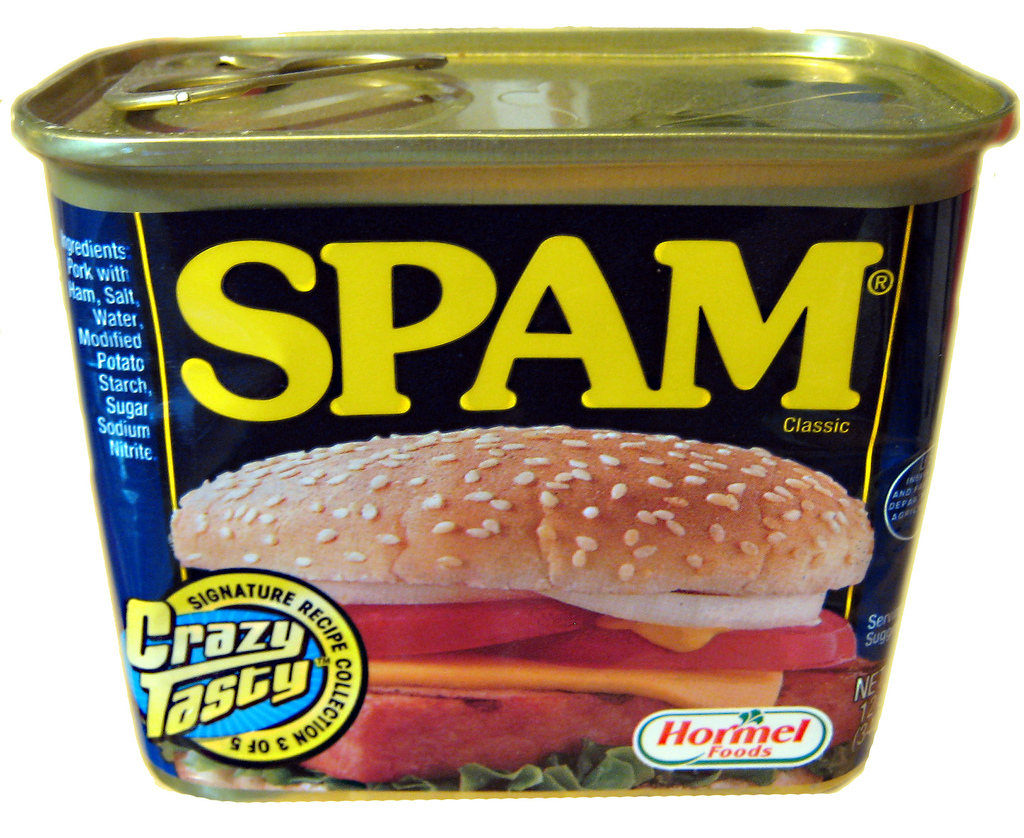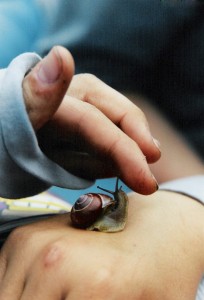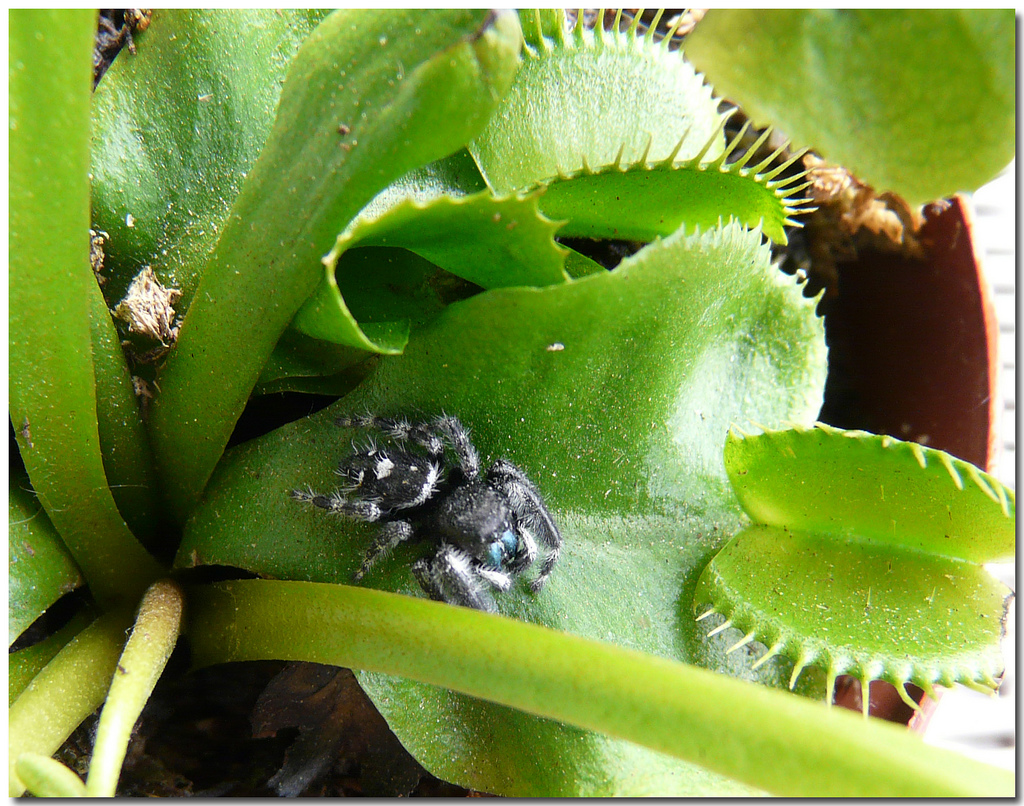 The granddaughters came to visit for the weekend. They’re hitting puberty hard. One of them suddenly has a throaty voice, long magenta hair that she wants to cut all off, just leave the bangs, and is currently grounded for injudicial actions. The other one’s glasses slide down her nose; she’s wearing white cut-off leggings with a turquoise blue tutu. They both sit curled on the couch reading, completely inert; and then for no reason, they rocket up and charge around. I walked with one of them to the mailbox up the hill; by the time we got there, I was out of breath; she sprinted the last twenty feet because she couldn’t help herself. They’re cheerful, surly, truly helpful, want to be left alone, need to tell you everything they know. I can’t tell if they’re happy or not, because they’re so intense.
The granddaughters came to visit for the weekend. They’re hitting puberty hard. One of them suddenly has a throaty voice, long magenta hair that she wants to cut all off, just leave the bangs, and is currently grounded for injudicial actions. The other one’s glasses slide down her nose; she’s wearing white cut-off leggings with a turquoise blue tutu. They both sit curled on the couch reading, completely inert; and then for no reason, they rocket up and charge around. I walked with one of them to the mailbox up the hill; by the time we got there, I was out of breath; she sprinted the last twenty feet because she couldn’t help herself. They’re cheerful, surly, truly helpful, want to be left alone, need to tell you everything they know. I can’t tell if they’re happy or not, because they’re so intense.
Meanwhile, outside is a Baltimore spring, all pink poufy cherry trees and golden green grass. The birds are bug-nuts and among the worst are robins. They’re rocketing around too and if you don’t duck, they’ll smack into you. They land with more energy than a landing needs; they bop around in the grass, stick out their chests, and act important. They sing like they want to be heard 40 acres away. I mentioned all this to a neuroscientist. “Oh yes,” he said. “They’re going through puberty. They do it once a year.” Isn’t puberty once a lifetime enough? Continue reading





